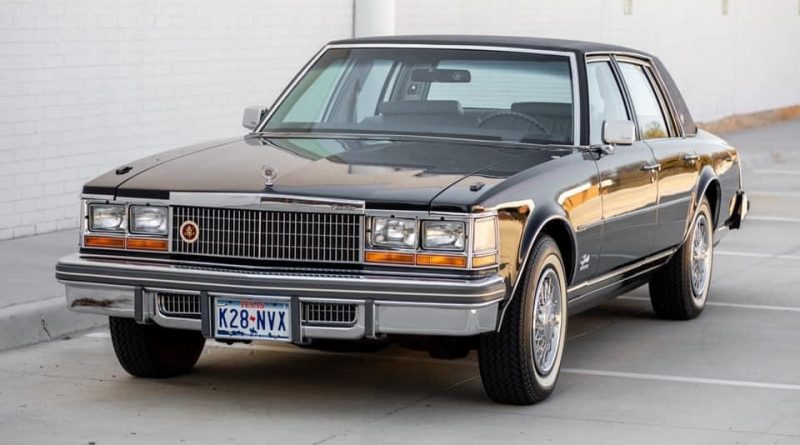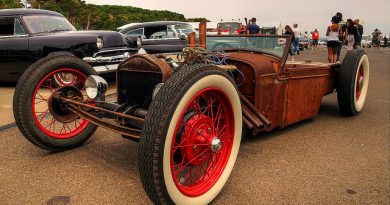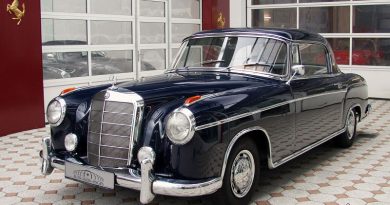1977 Cadillac Seville
The Seville was manufactured by Cadillac from 1975 to 2004 as a smaller-sized, premium model. Seville is the name of a Spanish province and its capital, renowned for its history and treasures of art and architecture. Master painters Diego Velázquez and Bartolomé Esteban Murillo were from Seville. The moniker first entered use as the designation for a two-door hardtop version of the 1956 Eldorado. 1960 was the last model year for the Eldorado Seville, returning in 1967 under a different name.
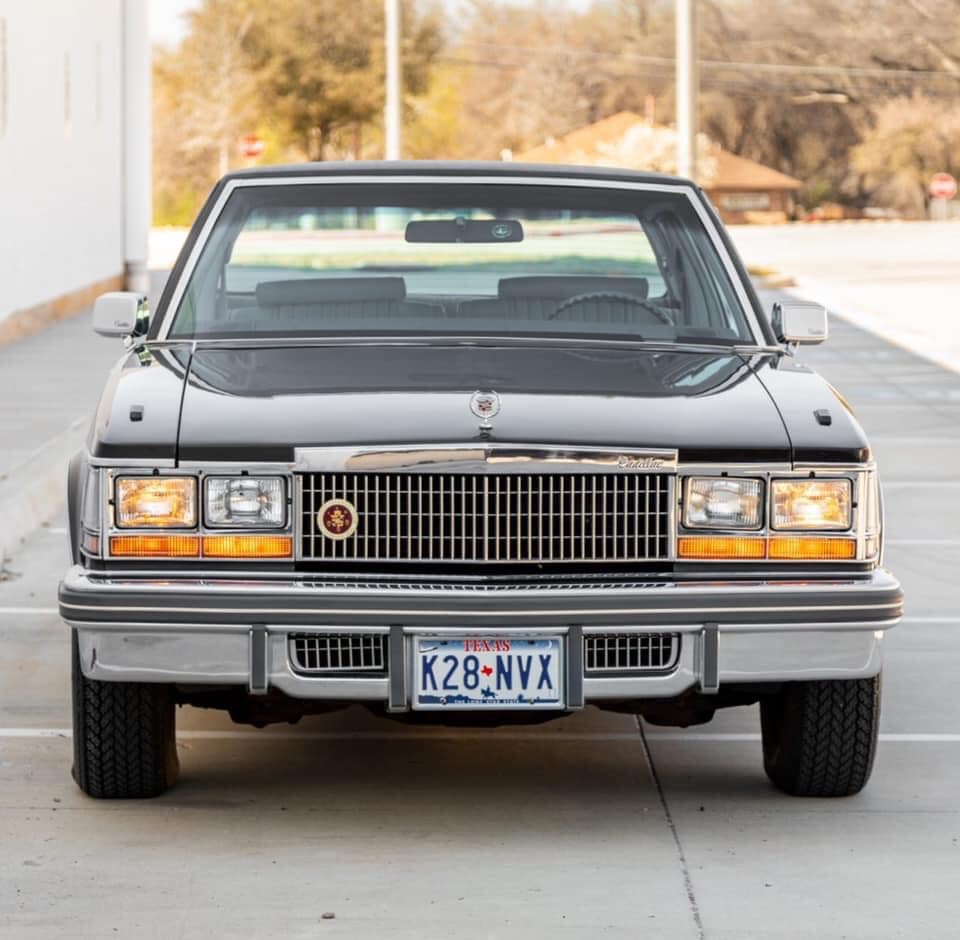
Cadillac had a lot to celebrate in 1977. The Cadillac Motor Car Division celebrated its 75th Anniversary. Sales and production soared to new levels, breaking records with 358,487 cars built. Cadillac built its six-millionth car, taking just 3.5 years to get from five million to six million. For comparison, it took Cadillac 47 years to produce its first million cars! The all-new downsized line of Cadillacs were introduced as “The Next Generation of the Luxury Car” and based on sales, that would appear to be more fact than ad hype.
A few interesting Seville sales trends began to reveal themselves at this point, to the surprise of Cadillac’s marketing people. Initially, Cadillac envisioned the Seville’s target group to be males in their mid- to late-forties. However, that was not been the case. It’s actually women around the age of 57 most likely to be spotted behind the wheel. In fact, 45% of the principal drivers were women, which is about twice that of other Cadillac models.
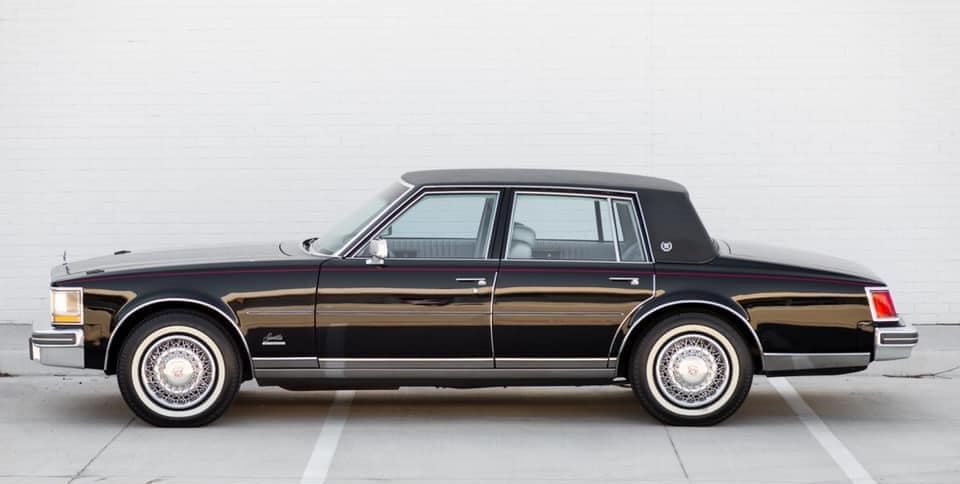
Power for this 1977 Cadillac Seville comes from a 5.7L fuel-injected V8 engine automatic transmission while standard features for the ’77 Seville included power steering, front and rear power disc brakes, cruise control, automatic climate control with air conditioning, dual power seats, power windows, power locks, dual remote rearview mirrors, and automatic level control, among others.
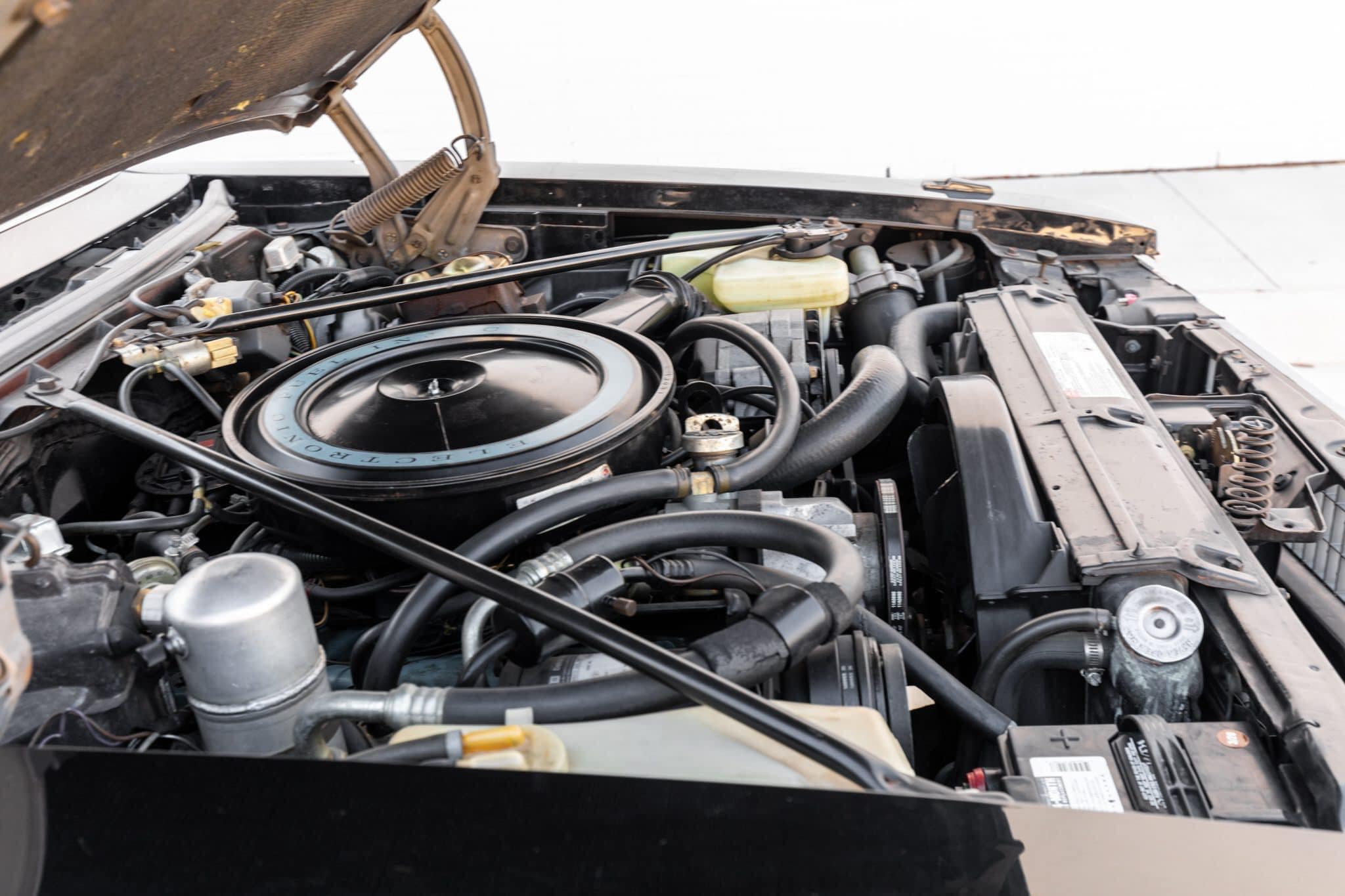
To Cadillac, the Seville was the first step in what seemed like the right direction. And its big success for the first few years only sent GM the wrong signals, and accelerated the demise. That was the bitter-sweet aspect of cars like the Seville: they helped propel GM sales to an all-time high of 9.66 million and a 46% market share in 1978. When women are tearing overpriced Novas out of your hands, it takes a while for that flush of flattery and pride to dissipate…say, about a quarter of a century or so. Pride goeth before the fall.
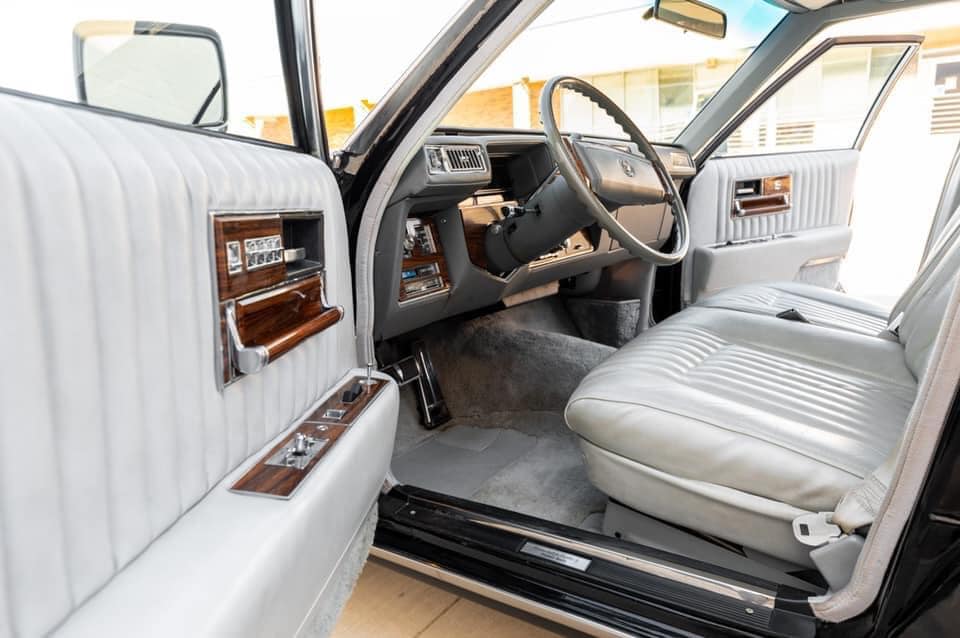
In the American luxury car market, where Cadillac Seville thrived, bigger was usually better. At the time, GM executives got worried that the division’s once-proud reputation as the “world’s standard” was slipping, particularly among the younger generation of car consumers.

